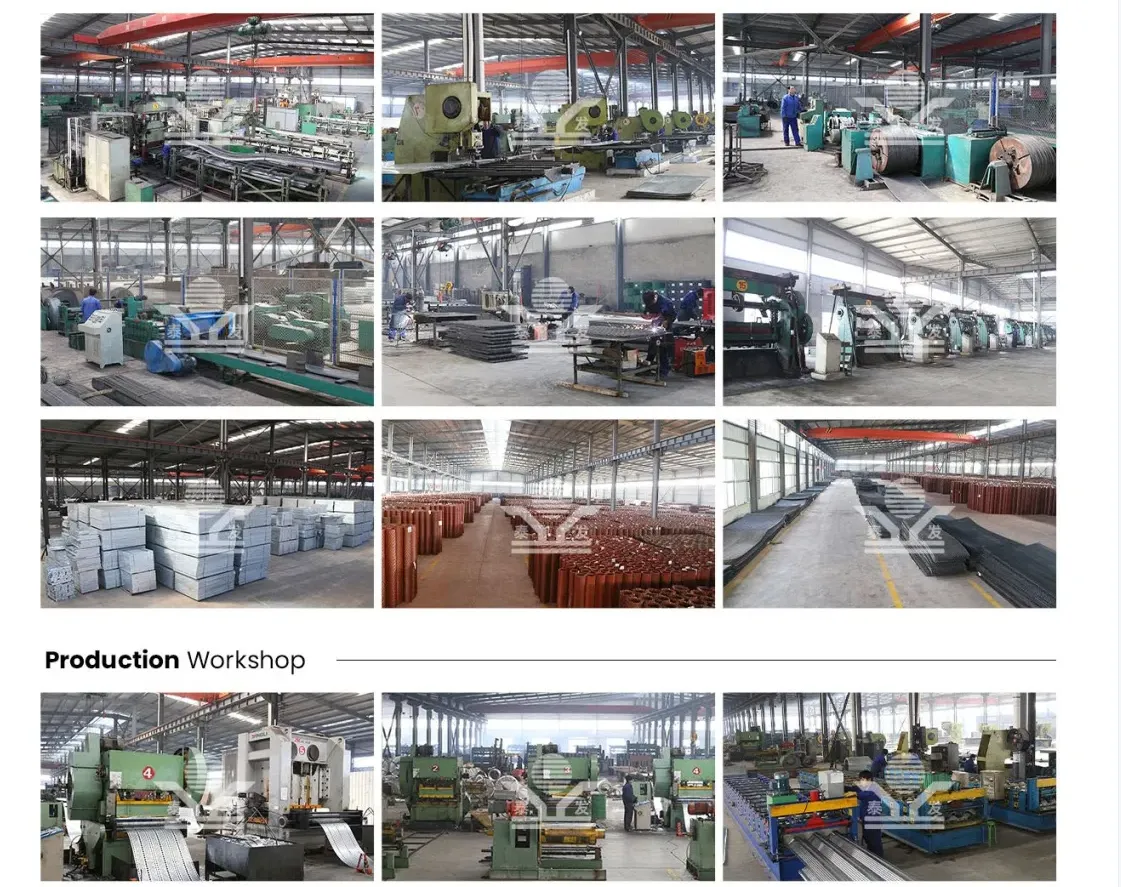Materials for Sound Barriers An In-Depth Exploration
In our increasingly urbanized world, noise pollution has become a growing concern that affects the quality of life in many communities. From busy highways to bustling railways, excessive noise can lead to various health problems, including stress, sleep disturbances, and cardiovascular issues. As a response to this challenge, sound barriers have emerged as a practical solution. However, the effectiveness of these noise-reducing structures largely depends on the materials used in their construction. This article explores the various materials suitable for sound barriers, highlighting their advantages, drawbacks, and specific applications.
Concrete The Traditional Choice
Concrete is one of the most commonly used materials for sound barriers. Its density and mass make it highly effective at insulating against sound waves, particularly lower frequencies. Concrete barriers can be precast or poured in place, providing flexibility in design and application. They are durable, weather-resistant, and can be aesthetically pleasing with the addition of textures or paint.
However, one downside of concrete barriers is that they can be quite heavy, necessitating strong foundations and careful engineering. Furthermore, their inherent rigidity often leads to the perception of a stark, industrial landscape, which may not be desirable in all settings.
Wood A Natural Alternative
Wooden barriers present a more aesthetically pleasing alternative to concrete. They blend smoothly into natural surroundings, making them an ideal choice for residential areas and environments where visual appeal is a priority. Wood has decent sound-absorbing qualities and can reduce noise effectively, especially at higher frequencies.
On the downside, wooden sound barriers are susceptible to weathering, rot, and insect damage over time. Proper treatment and maintenance are essential to ensure their longevity and effectiveness. This requires additional costs and effort, which can deter some projects.
Earth Mounds The Eco-Friendly Option
Earth mounds, also known as soil berms, are another effective solution for noise reduction. By using natural earth, these barriers not only reduce sound transmission but also enhance the landscape's aesthetic appeal. They can effectively absorb and deflect noise, particularly from roadways and rail systems.
materials for sound barriers

While earth mounds offer many benefits, they require sufficient space and careful landscape planning. They can also be environmentally friendly, promoting biodiversity and potentially serving as stormwater management systems. However, their effectiveness may diminish over time due to erosion and settlement, necessitating regular maintenance.
Plastic Composites The Innovative Material
Advancements in material science have led to the development of plastic composites specifically designed for sound barriers. These materials combine recycled plastics with other components to create a lightweight, durable, and weather-resistant option. Plastic composites are excellent at sound absorption and can also be manufactured in various colors and textures to meet specific aesthetic needs.
However, while promising, plastic composites may not always match the sound-damping efficiency of more traditional materials like concrete, especially over a broad range of frequencies. Additionally, as with any newer material, long-term performance data are still being gathered.
Metal The Durable Solution
Metal barriers, often made from aluminum or steel, are known for their strength and longevity. They can effectively reflect sound and are usually lighter than concrete alternatives, making installation easier. Metal barriers can also be designed in various shapes and sizes to accommodate different environments, and they can be coated to prevent rust and enhance durability.
However, metal barriers are generally less effective at absorbing sound, particularly low-frequency noise, which may lead to the echo effect in certain settings. Furthermore, they may create a harsher visual impact, which could deter their use in more scenic or residential areas.
Conclusion Choosing the Right Material
Ultimately, the choice of material for sound barriers depends on a range of factors, including the specific noise issues being addressed, budget constraints, aesthetic considerations, and environmental impact. Each material has its integrated benefits and challenges, underscoring the importance of customized solutions in noise mitigation.
As urban areas continue to expand and noise pollution remains a pressing issue, understanding the properties and applications of various sound barrier materials will be crucial for creating effective and sustainable noise reduction strategies in our communities.
-
Why Galvanized Trench Cover Steel Grating Resists Corrosion
NewsJul.10,2025
-
The Versatility and Strength of Stainless Expanded Metal Mesh
NewsJul.10,2025
-
Load Calculations in Steel Grating Platforms
NewsJul.10,2025
-
Keeping Pets and Kids Safe with Chicken Wire Deck Railing
NewsJul.10,2025
-
Hole Diameter and Pitch for Round Perforated Metal Sheets
NewsJul.10,2025
-
Aluminium Diamond Mesh in Modern Architecture
NewsJul.10,2025
Subscribe now!
Stay up to date with the latest on Fry Steeland industry news.

